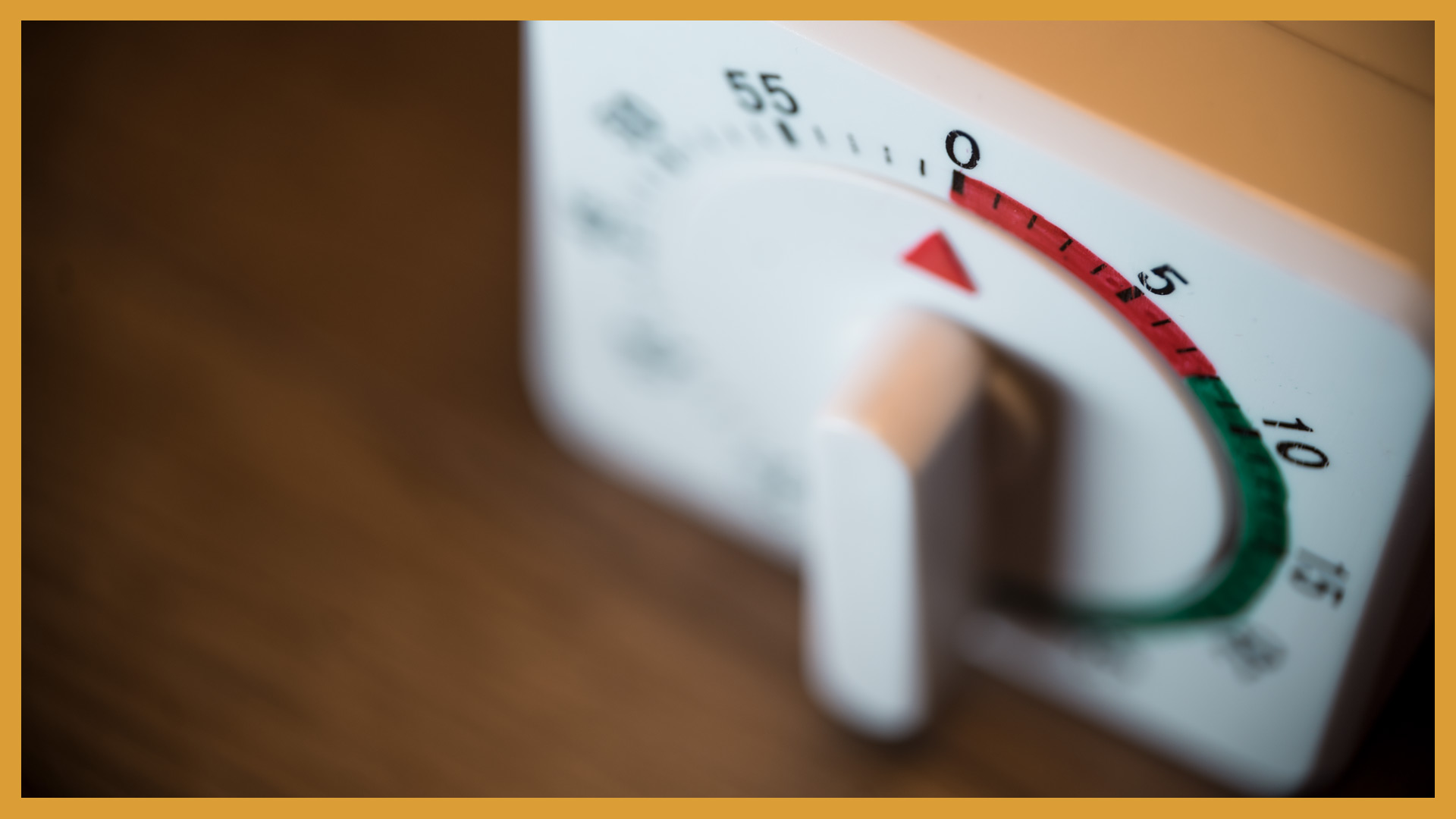A way you can work faster on set is by being organised and knowing what you need to shoot before day 1 of principle photography. So what is the process of turning the pages of your script into a production plan?
In a previous episode we spoke about the process of breaking down your script and extracting all of the different props, costumes, locations, cast, and any other things you need in order to make your film.
The process of working out which shots you need is very similar, but instead of extracting this information you need to add it.
Shot List
This is the script for our short film Backstage and once it was complete we went through the script and started to note down some of the shots we thought we needed.
A wide shot then a close up here, over the shoulder shot here. You can start to create a shot list, for now pen and paper will work, or even Word, but if you have access to something like shot lister, it’ll keep you more organised.
Test Shooting
Now you have a brief list of what you need, test shoot these shots.
If you can go to the location you will be shooting in, this will help you work out if you the shots you have written down will give you enough coverage, and if you need to add some extra shots.
During the test shooting at the location you can work out the blocking and test the lighting:
Storyboards
For our short film Backstage we went to the main location and walked through the script, working out where each actor would stand, where the camera would be, and taking stills to create our story boards. Storyboards do not need to be detailed pieces of art, especially if you can not draw like us, but you now have something visual to show the cast and crew. Here is an example:
For the storyboard Richard stood in place where The Medium would be, looked in the correct direction, and since we did not take a tripod I put my hand in front of the camera to create the Over the shoulder shot.
If you can not use the location before you shoot, the next best thing is to test out your shots in your living room or bedroom. We also did this for the last scene in our short film, as the location would be not ready to shoot until the day, but we still wanted to be prepared.
So me and Rich worked out which shots we would need, setup the camera with the correct focal length, and we just stood in place. It may not look fancy, but on the day we knew the types of shots we needed to film.
Lining a Script
Once you have gone through your script you can now create your final shot list. We use shot lister to do this, but there are many other programs out there and a lot of people just use word. From your final shot list and storyboards you can now go back to your script and line it.
Lining your script means putting a line through a section of your script which indicates when each shot should start and when it should cut. Here is an example:
Shot 1P is at the end of scene 1, and is when The Medium is talking face to face with the Flyswatter for the first time as he has just come out of the toilet cubicle. There would be no point filming this shot of The Medium before this point, so on the script write down when this shot should start.
1P starts with The Medium delivering the line ‘Who Rocky Johnson’, The Flyswatter will pack up his stuff, walk out of the cubicle, The Medium will start to deliver his line, the toilet door will open, King Tonga and Bobby Jazzler enter the room, The Medium will finishes his lines, then shot cuts.
Shot 1J K L M N and O of the film is the same section of the script as shot 1P, all covering different angles.
One piece of advice would be to get your actors to start a couple of lines before each shot would start, this helps them lead back into the role, in terms of dialogue and actions.
Another reason lining a script is important is because it lets you know how long each shot should last, and from this information you can work out it will take to shoot each shot.
Shot 3C, a WS of Jenny the stage manager which goes through a full page, you will know that the shot will take longer to shoot than 3D which only goes through only a paragraph. With this information you can schedule your shot list in a order that works best for you.
Now you have the information from your test shooting about the shots you need, your storyboards are created, and your script is lined, you should have a clear understanding of what you need to shoot, helping you shoot faster on set.
The script for our short film Backstage was 7 pages long, these techniques will work if your script is 1 or 90 pages long.
This video was Sponsored By
🚀http://bit.ly/illuminate-pack - RocketStock’s light leak pack, "Illuminate", is sure to impress your viewers. Shot using digital cinema cameras in 4K, it’s an unbeatable way to lift your video to new, cinematic heights.
🎵 http://bit.ly/track-boundforglory - Click here to download this episode's track. Check out Premiumbeat.com to discover a huge range of exclusive royalty free music!
DISCLAIMERS:
Some of these links are affiliate links, if you purchase gear via these links The Film Look will receive a small commission, but there will be no additional cost to you. Thank you!






